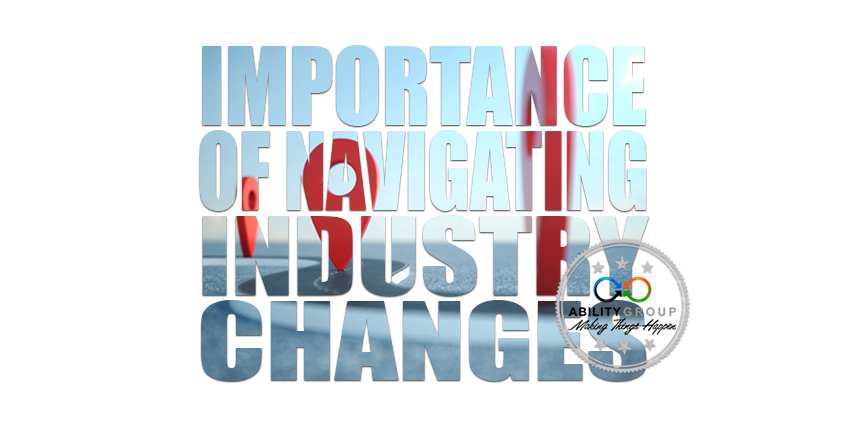In today’s fast-evolving business landscape, staying informed isn’t just beneficial; it is essential. At ABILITY GROUP, we believe that understanding industry trends is the foundation for building resilient, forward-thinking organisations. Our latest insights reveal the key challenges and opportunities reshaping workplaces in 2025 and beyond.
We summarised the evolving key Australian workers compensation industry insights for 2025, based on the latest reports, legislative updates, and market analysis:
Mental Health Claims Are Reshaping the System
- Psychological injury claims have surged across Australia, now accounting for 12% of serious claims but consuming 38% of total scheme costs in NSW alone
- Psychological injury claims are more complex, costlier, and longer-lasting than physical injuries, with median time lost from work nearly 5 x higher
- NSW is proposing reforms to tighten eligibility for psychological injury compensation, including raising the Whole Person Impairment (WPI) threshold to 25–31%
Premium Adjustments and Financial Pressures
- NSW – average premium increase of 8% for 2025–26 due to rising psychological claims and scheme deficits
- Victoria – premiums remain steady at 1.8%, but reforms are underway to improve service standards and mental health support
- Queensland – maintains one of the lowest rates at 1.34% per $100 wages, with new medical advisory panels introduced
- Western Australia – implementing the Workers’ Compensation and Injury Management Bill 2023 from July 2025, doubling benefits and streamlining processes
Industry-Specific Risk Concentration
Recent Safe Work Australia data highlighted Australia’s Serious Workplace Injuries, with six industries accounting for the majority of serious claims and fatalities:
- Agriculture, Forestry & Fishing
- Public Administration & Safety
- Transport, Postal & Warehousing
- Manufacturing
- Health Care & Social Assistance
- Construction
Legislative Reform Highlights
- NSW Reform Bill 2025 proposes:
- Objective tests for psychological injury caused by workplace conduct
- Faster claim assessments (within 42 days)
- Reduced entitlements unless higher impairment thresholds are met
- Exemptions for coal miners and certain workers
- Victoria’s New Code of Claimants’ Rights, enhanced entitlements for families of deceased workers, and mandatory training for Return-to-Work Coordinators
Market Outlook and Strategic Trends
Greater use of data analytics and predictive modelling for risk management.
The national workers compensation market is expected to grow steadily through 2031, driven by:
- Increased demand for mental health coverage
- Expansion of self-insurance and private carriers
Further Information
Sources: Safe Work Australia
Title: Key Work Health and Safety Statistics Australia 2025
Read Time: 10+ mins

